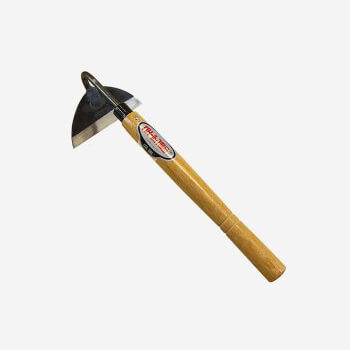dets. . 13, 2024 16:00 Back to list
Exploring the Mechanics and Applications of Dismantling Joints in Engineering
Understanding Dismantling Joints in Engineering Applications
Dismantling joints play a crucial role in modern engineering, providing essential solutions for assembling and disassembling components in various structures and machinery. They are especially prevalent in industries such as construction, mechanical engineering, and plumbing, where regular maintenance, adjustments, or changes in configuration are necessary. This article will explore the significance, types, and applications of dismantling joints, highlighting their advantages and best practices.
The Importance of Dismantling Joints
Dismantling joints, as the name suggests, are designed specifically to facilitate disassembly. Unlike traditional joints, which may be permanent or semi-permanent, dismantling joints can be easily separated without damaging the connected parts. This quality makes them invaluable in situations where maintenance and repair are inevitable. For instance, in water supply systems or large machinery, components may need to be replaced or serviced over time. Dismantling joints simplify these processes, saving time and reducing costs associated with repairs.
Types of Dismantling Joints
Several types of dismantling joints exist, each serving different purposes and applications
1. Flanged Joints These are widely used in piping systems. Flanged dismantling joints consist of two flanges that are bolted together, allowing for straightforward installation and removal. They often include rubber gaskets to prevent leakage, contributing to their efficiency in fluid systems.
2. Threaded Joints Common in smaller pipes and fittings, threaded joints allow for easy connection and disconnection by twisting parts together. While not as robust as flanged joints, they are effective for low-pressure applications and where space is limited.
3. Expansion Joints These joints accommodate thermal expansion and contraction in piping systems. They often include dismantling features, making them easier to replace during maintenance or system upgrades.
4. Screwed or Bolt-and-Nut Joints Used in structural applications, these joints allow for easy disassembly. The use of screws or bolts means that components can be securely fastened but also readily taken apart when required.
Applications of Dismantling Joints
Dismantling joints are utilized in a variety of settings
dismantling joint

- Water Supply Systems In municipal and industrial water systems, dismantling joints are essential for installing, maintaining, or replacing pipelines and equipment without extensive downtime.
- HVAC Systems These joints enable the easy maintenance of heating, ventilation, and air conditioning systems. They allow technicians to quickly access components for cleaning or replacement without having to disassemble large sections of the system.
- Mechanical Engineering In machinery, dismantling joints facilitate repairs or upgrades of components, improving the lifecycle of equipment. They also assist in the modular design, where machines can be customized or expanded based on needs.
- Automotive Industry Dismantling joints play a role in vehicle assembly, where parts need to be accessed for repair or replacement regularly. For instance, exhaust systems often use dismantling flanges for easy removal.
Best Practices for Using Dismantling Joints
To ensure optimal performance and longevity of dismantling joints, certain best practices should be followed
1. Regular Inspections Regular checks can identify wear and tear, corrosion, or misalignment in dismantling joints, preventing failures.
2. Proper Installation Techniques Always adhere to manufacturer specifications during installation. Ensure that joints are correctly aligned and secured to prevent leaks.
3. Use of Suitable Materials Select the right materials for the joint based on the application’s environmental conditions, such as temperature, pressure, and fluid type.
4. Training and Knowledge Staff involved in maintenance and installation should be adequately trained in working with dismantling joints to minimize errors.
In conclusion, dismantling joints are integral to modern engineering, providing the flexibility needed for effective maintenance and repairs across various sectors. Understanding their types, applications, and best practices is essential for engineers, technicians, and maintenance personnel to ensure efficient operation and longevity of systems that rely on these important components.
Share
-
Reliable Wafer Type Butterfly Valves for Every IndustryNewsJul.25,2025
-
Reliable Flow Control Begins with the Right Ball Check ValveNewsJul.25,2025
-
Precision Flow Control Starts with Quality ValvesNewsJul.25,2025
-
Industrial Flow Control ReliabilityNewsJul.25,2025
-
Engineered for Efficiency Gate Valves That Power Industrial PerformanceNewsJul.25,2025
-
Empowering Infrastructure Through Quality ManufacturingNewsJul.25,2025